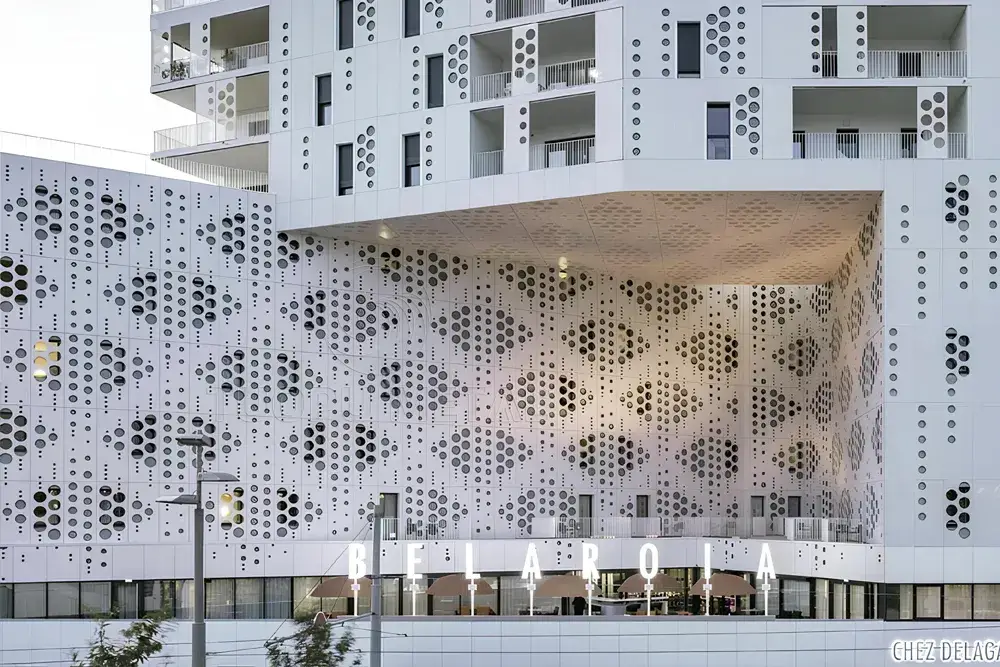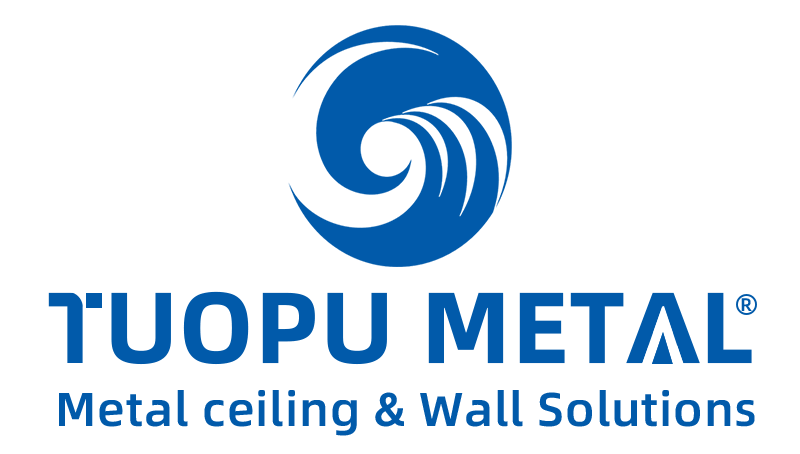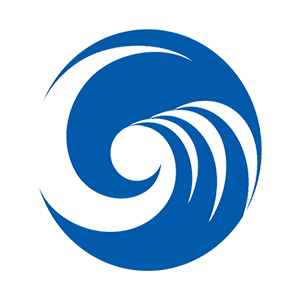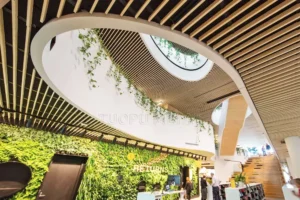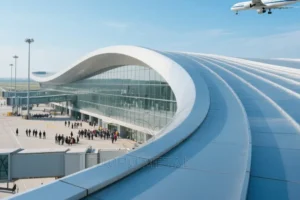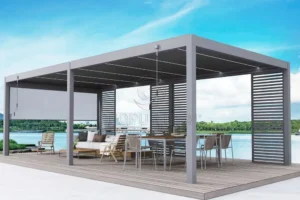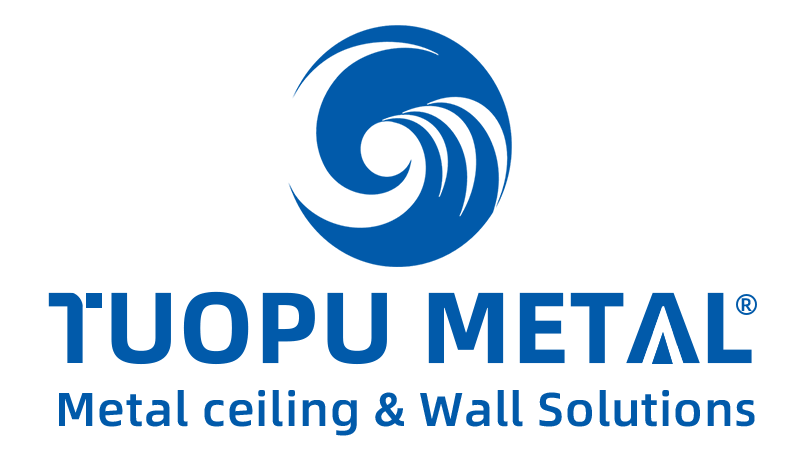Located near the bustling Saint-Roch station in Montpellier, the BELAROIA building stands as a modern architectural icon. Combining luxury apartments and three hotels, this multi-use structure catches the eye with its striking triangular design and continuous folds. BELAROIA isn’t just a building—it’s a symbol of contemporary urban innovation.
For architectural firms and designers, the facade of BELAROIA offers a masterclass in how to blend form with function. The use of perforated aluminum panels not only enhances its dynamic appearance but also brings sustainable benefits, making it an inspiring model for modern architectural projects.

Architectural Features of BELAROIA: A Triangular Marvel
BELAROIA’s sharp triangular design makes it a striking landmark, with dynamic folds that create a play of light and shadow, giving the building a sense of movement. Its bold geometry maximizes space and natural light, offering architectural firms and designers an innovative approach to urban design.
What sets BELAROIA apart is its fluid space circulation. With no distinct front or back, the building flows in all directions, creating an open, interconnected environment. This design enhances both functionality and aesthetic appeal, making BELAROIA an inspiring example of modern architecture’s potential to blend beauty with practicality.
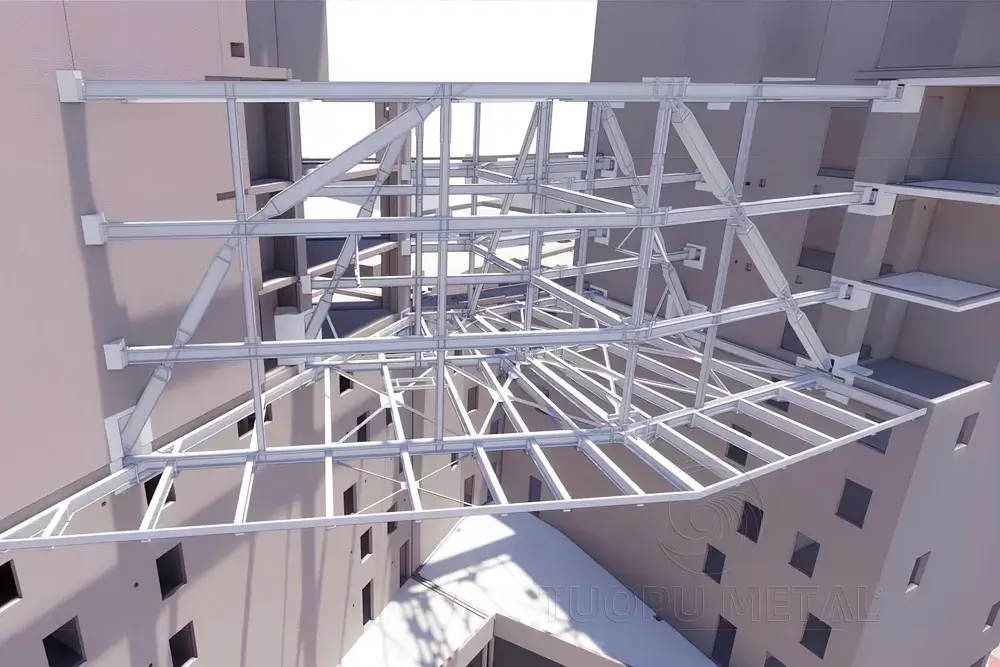
The Function of Perforated Aluminum Panels in Design
Aluminum’s aesthetic appeal
The BELAROIA building’s facade is given a bold and captivating appearance by the perforated aluminum panels. The example of roundabout patterns, shifting in size, makes a lively musicality across the surface, causing the structure to feel invigorated with development. These boards not only supplement the three-sided type of the design but additionally present a feeling of receptiveness, as light channels through the holes, creating unpredictable shaded areas. The smooth, metallic completion adds a cutting-edge, clean touch to the structure’s general plan, making it stand apart as a genuine metropolitan milestone. This illustration demonstrates to architects and designers how perforated aluminum panels can enhance a building’s visual identity by combining striking aesthetics with functionality.
Benefits of the Structure and the Environment
Perforated aluminum panels offer significant structural and environmental advantages in addition to their aesthetic appeal. Aluminum is lightweight yet sturdy, making it an ideal material for huge-scope veneers like BELAROIA. The building’s environmental credentials are bolstered by the fact that aluminum is highly recyclable, so its strength does not come at the expense of sustainability. Natural ventilation is also provided by the panels’ perforations, reducing the need for mechanical cooling systems and thus lowering energy consumption. The building’s energy efficiency is further improved by the insulation provided by the panels. For compositional firms zeroing in on manageability, the utilization of punctured aluminum boards in BELAROIA shows the way that creative plans can meet both ecological objectives and underlying requests.
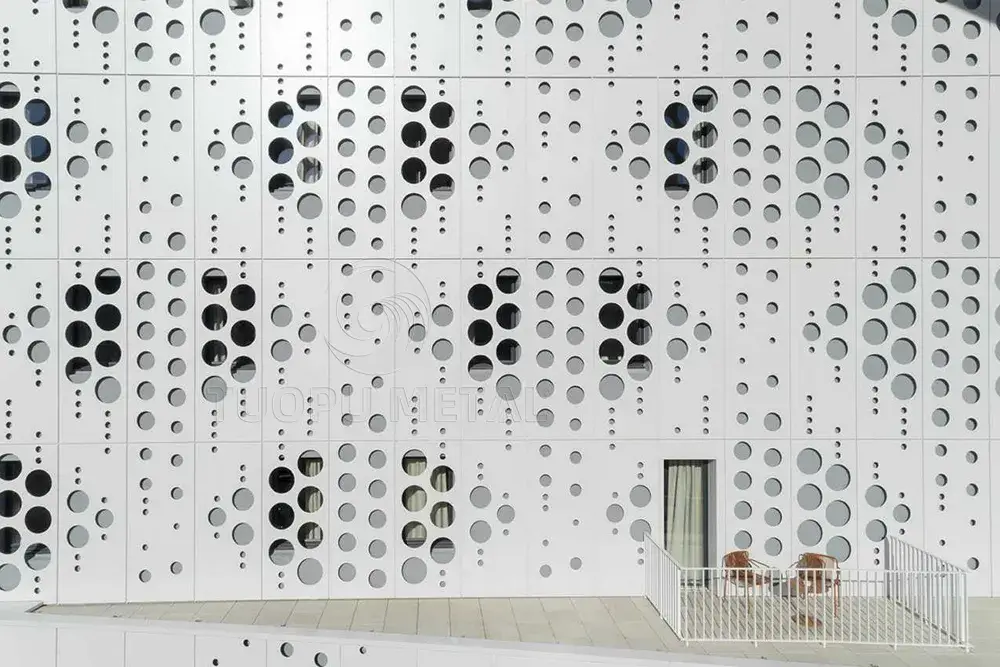
Sustainability: An Eco-Friendly Choice
Perforated Aluminum Panels For Energy Efficiency
Perforated aluminum sheets make the BELAROIA building significantly more energy efficient. The panels’ perforations are strategically placed to permit natural air movement, reducing the need for air conditioning during the hottest months. Besides the fact that this deliberately decreases the general energy utilization, however, it additionally works on the solace of those inside the structure. Because of its reduced weight and thickness, aluminum is a sustainable building material that reduces structural stress on the structure. As developers and architects choose, perforated aluminum panels can be a practical solution for both aesthetic and environmental concerns.
Sustainable Material
Aluminum’s ability to be recycled is said to contribute to its positive effects on the environment. Even though they are made of aluminum, the materials that make up the exterior of BELAROIA can be recycled over and over again without losing their properties. This means that the building will have less of an impact on the environment throughout its life. Additionally, due to its durability, it won’t need to be replaced as often and will keep its appearance and other inherent qualities intact for a considerable amount of time. Modelers and manufacturers looking for economical materials will perceive that aluminum offers both dependable execution and huge natural advantages, going with it a favored decision for most ecologically cognizant structure projects.
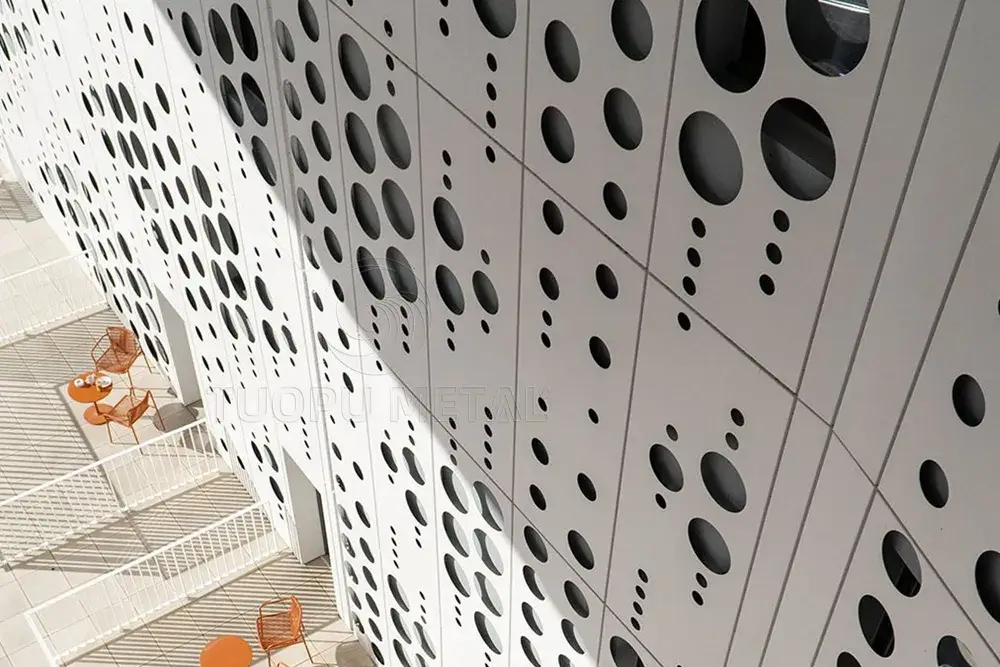
Case Study: Overcoming Challenges with Perforated Aluminum Panels
Navigating Complex Geometries
The unique triangular layout of the BELAROIA posed significant challenges in the design and installation of the perforated aluminum panels. TUOPU METAL worked closely with the architectural team to develop custom panel solutions that could seamlessly integrate with the building’s dynamic folds and sharp angles. It was necessary to precisely position each perforation, taking into account both the structural and aesthetic requirements. The adaptability of aluminum took into account these customizations, guaranteeing the boards fit impeccably with the veneer’s whimsical calculation while keeping up with the structure’s smooth, current look.
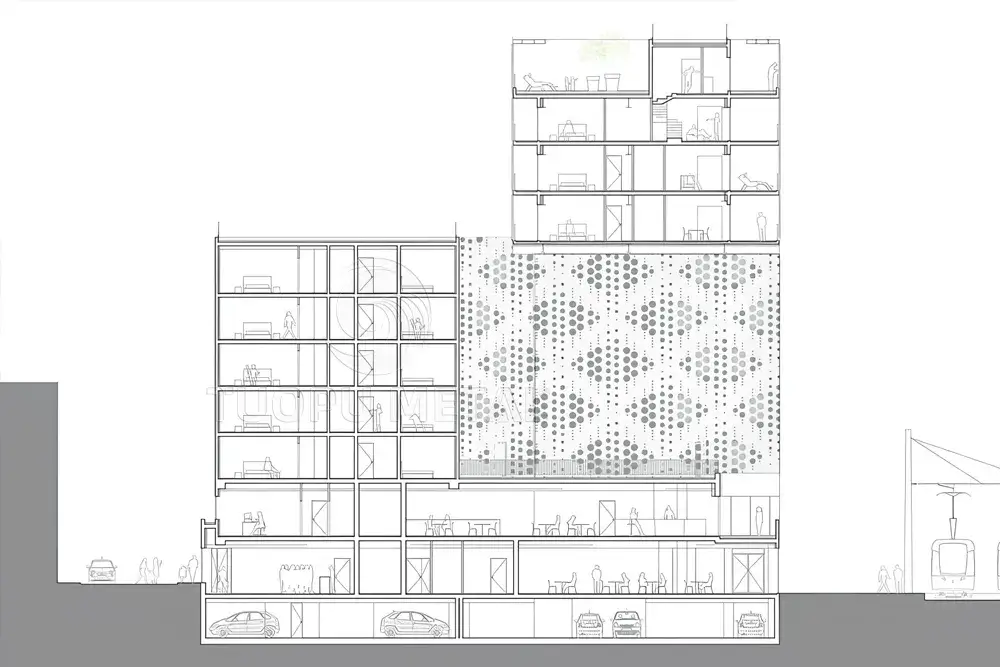
Ensuring Durability and Aesthetic Consistency
Another challenge was ensuring the durability of the large panels while maintaining a homogeneous visual appearance. The perforated aluminum had to withstand the environmental conditions of Montpellier, such as heat, rain, and wind, without compromising on the design. TUOPU METAL uses advanced manufacturing technology to produce aluminum panels that are both lightweight and durable and then use powder coating surface treatment. Such custom-perforated aluminum sheets provide long-lasting protection. The result was a consistent, bright finish across the entire facade, withstanding the test of time and maintaining the building’s striking presence in the city.
Conclusion
The BELAROIA project showcases perforated aluminum panels that strike a balance between aesthetic appeal and practicality. Modern architecture benefits from their ability to create visually striking facades, as well as energy efficiency and ventilation. Each project is made unique by the flexibility provided to architects, allowing them specific visions to be realized. Despite its limited use, perforated aluminum remains a popular material in architectural design that is both beautiful and durable.
